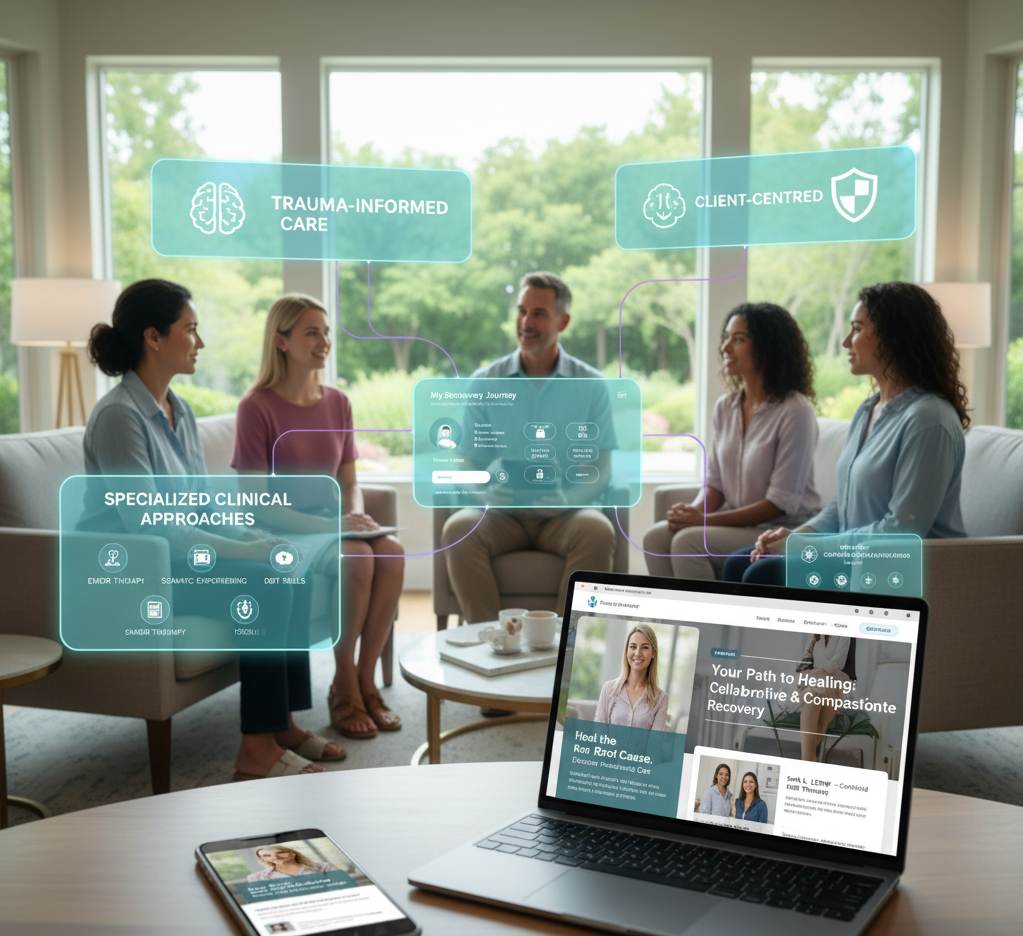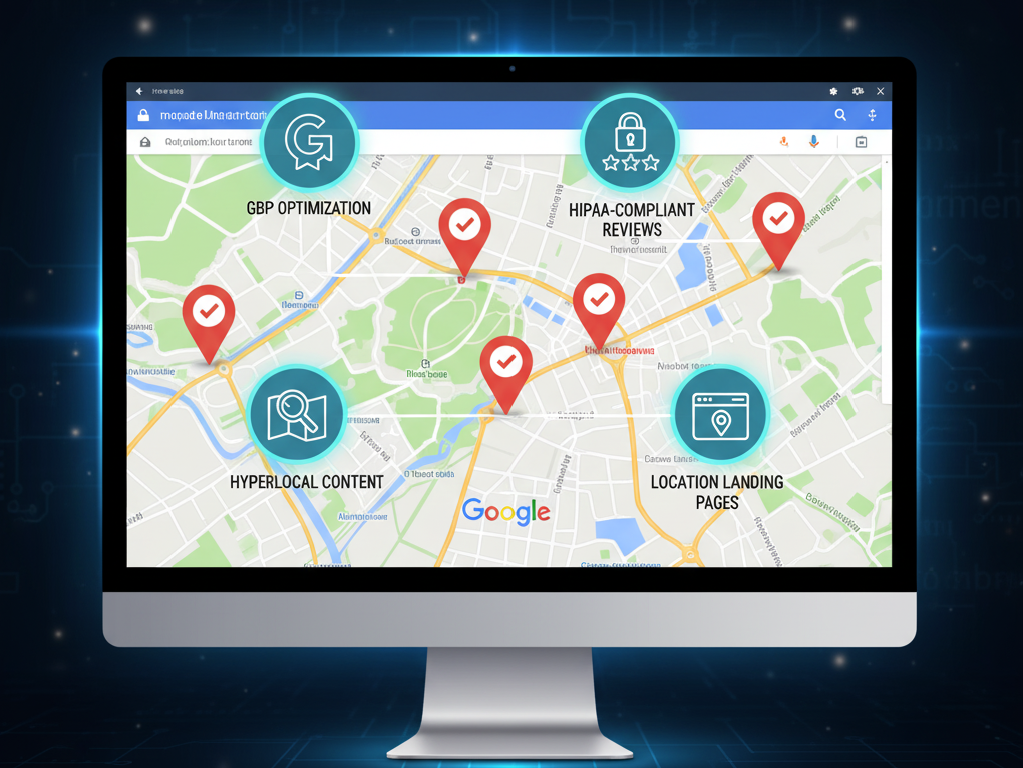There are several questions to boost your social media marketing. Effective social media marketing hinges on asking the right questions. These include understanding your target audience’s preferences, determining which platforms they frequent, and identifying the type of content that resonates with them. Questions about engagement metrics, such as which posts generate the most interaction and why, are crucial. Regularly assessing these aspects can significantly enhance your strategy, ensuring your social media efforts align with audience needs and marketing goals.
**This post was selected as one of the top digital marketing articles of the week by UpCity, a B2B ratings and review company for digital marketing agencies and other marketing service providers.**
Companies of every size are looking to improve their social media marketing effectiveness. Digital platforms are constantly innovating the way brands are found, shared, and experienced. The number of global social network users is expected to reach 3.09 billion monthly active users by 2021, and global Internet users spend about 136 minutes per day on social media websites.
Many organizations have responded by spending more of their resources on digital marketing. Technology now accounts for 29% of total marketing expense budgets according to a recent study. And digital ad spend for 2020 is estimated to reach about S385 billion.
Consumers today react to services, products, and ad campaigns and real-time through social media which creates new to bans on companies. It’s important to generate and sustain high engagement and enthusiasm which requires clarity around your company’s goals and values.
Successful digital strategies are not about looks or style but if it between what your brand’s promises and what it delivers. If you want to develop or improve your current social media strategy, here are several questions to boost your social media marketing:
Overview
What Are Our Goals?
When it comes to startups and Niche products, your social media marketing strategy may start by testing ideas, creating awareness, and building anticipation for new products and services. In other situations, your goals may be far more specific such as increasing real-time brand engagement, generating Quality Sales leads, boosting sales, or working on geographic expansion.
After you set your goals, you must identify your metrics for success. Are you looking to gain likes? do you want to start an online conversation around a certain issue? or do you want to inspire people to make a behavioral change, for example encouraging your followers to drink more water? the metrics you choose muscle I’m with your marketing goals.
The volume of data available can make choosing the metrics challenging. Clearly defining your metrics, along with the timeline and budget ensures that your campaign is on track. Not only do goals allow you to clearly measure your progress, but they make it easier to figure out where you should focus your time and effort on social media.
How Are We Currently Performing?
Assuming you’re already launched on social media, it’s a good idea to take a look at where you are now to set benchmarks for your growth and engagement goals. Take a look at all of the social media networks where you currently have a presence and see how things are going. Take a look at how often you’re posting, how much engagement you’re getting, and the types of posts you are creating. Compare it to the competition for an idea of how well you’re doing.
What Platforms Should We Use?
Making decisions around platforms you should use needs to be based on your understanding of your customer’s identity and preferences. Different social media platforms appeal to different demographics so you need to research and find out which one’s your audience use online.
If you have a younger audience, you may be able to more effectively reach them on newer platforms such as Snapchat or TikTok. However, health and wellness brands that emphasize aesthetics might want to focus on Instagram with a more visual strategy. The same logic applies to geography. If you want to reach people in China, you need to focus on WeChat or Weibo but if you want to reach people in India, WhatsApp is the popular choice.
It may be tempting to try to be everywhere, but spreading yourself too thin means you’re spending less time on each network overall. In the end, it’s better to do one or two social media platforms well than to have a subpar presence on three or more.
What Does Our Content Strategy Look Like?
A lot of the time, companies have the budget, team, agency, and ideas in place but they haven’t really considered content. Not doing so leaves goodwill and revenue on the table as one survey showed that 46% of customers say they follow brands because of the inspirational content. You need to understand the kinds of contents for instance videos, pictures, or articles that will drive engagement with your audience.
A great content strategy creates conversation and sharing with the brand and other users. To be effective, your content needs to be useful, unique, insurable. if you have content that is sensitive, your content strategy needs to consider that. For example, if you are in the mental health industry, you may experience the lack of engagement on your Facebook page because the users aren’t comfortable engaging on those issues on a public platform.
To combat this, the strategy was adjusted to encourage users to chat with the brand by using private messaging options are social network sites. They also created resources that allowed people to get answers to their questions securely with expert articles shared be exclusive password access through the private Chats on the social networking platforms.
Are We Ready to Talk with Our Audience in Real-Time?
Social media interactions are two way – driven by both consumers and brands. That means your company needs to show that it is listening and engaging with concerns, suggestions, and questions. Organizations that can seize the moment will generate Goodwill and brand awareness. For instance, when a Twitter user recently mocked a South African man for proposing in a KFC, the company stepped in and provided the couple with the wedding planner. Other brands such as Audi, Woolworths, and Coca-Cola chipped in to support the couple providing them with gifts and experiences.
Today’s brands have a much bigger responsibility and ability to connect with and inspire customers. Trusted plans are more likely to attract business and social media is a powerful tool to create that trust with your audience. By taking the time to answer the questions covered in this blog post, you can make sure your social strategy aligns with your goals and ultimately adds value for your audience.
Contact us today to get the conversation started!









